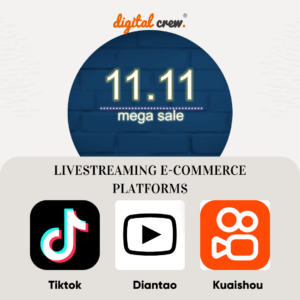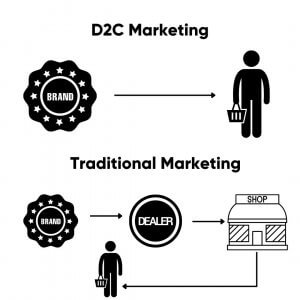Why Multilingual SEO Is The Talk Of Digital Town
Multilingual SEO is the practice of optimizing your content for different languages, it helps companies expand their target audiences globally. Most of the world doesn’t speak English. You are going to miss out a huge potential market if you only target English speakers. In today’s interconnected world, Multilingual SEO plays an important role in developing your business.
Unlike Multiregional SEO, multilingual SEO does not require companies to customize unique content for different regions, it only needs a translation. Even if you are thinking of doing multiregional SEO, this is the best way to get started.
What’s Good About Multilingual SEO?

Firstly, you don’t need to localize your content as much as you think you need to. You can keep the original content without considering cultural differences and the only thing you need to focus is on translation. This saves you a lot of efforts, you can get more exposure with the lowest expense. However, if you want to target more local audiences, multiregional seo would be a wiser choice. Local SEO strategies would produce potent content that has a high conversion with the local audiences.
There are various search engines in the world. Some countries do not use Google or Baidu as their main search engine. For instance, Yandex controls 60% of the market in Russia. Bing and Yahoo also have their places in the market. Therefore, it is very important for a website to get more exposure in different search engines, which helps companies get more customers from different nationalities.
Many websites have only one language, what they don’t realise is, adding more languages doesn’t involve spending much. Multilingual SEO helps companies take their first step towards international business.
How To Get Started With Multilingual SEO?

Firstly, you need to decide on your target audience. If your e-commerce store is in America, but you get a lot of visits from China, then you may need to consider adding Chinese to your store page. Even these visitors know English, it doesn’t mean your content has the same impact that the local content does for them. You might lose conversions.
Secondly, you need to decide which content to translate. You don’t have to translate outdated pages or information, pick your best assets such as the main pages (home page, about page, navigation tools, pop-ups and CTAs) to drive SEO traffic and conversions.
Last but not least, make sure visitors can easily find where to switch languages. This is simple but works efficiently for getting visitors to stay on the page.
Conclusion
Multilingual SEO helps companies broaden their demographic without putting too much effort into creating unique content for a certain region. Companies will get more customers from different cultural backgrounds if their website is able to show up on different search engines. To start multilingual SEO, first, you need to target your audience, then decide the content you want to translate and make sure visitors can switch languages easily.
Want To Know More About Multilingual SEO?








































































